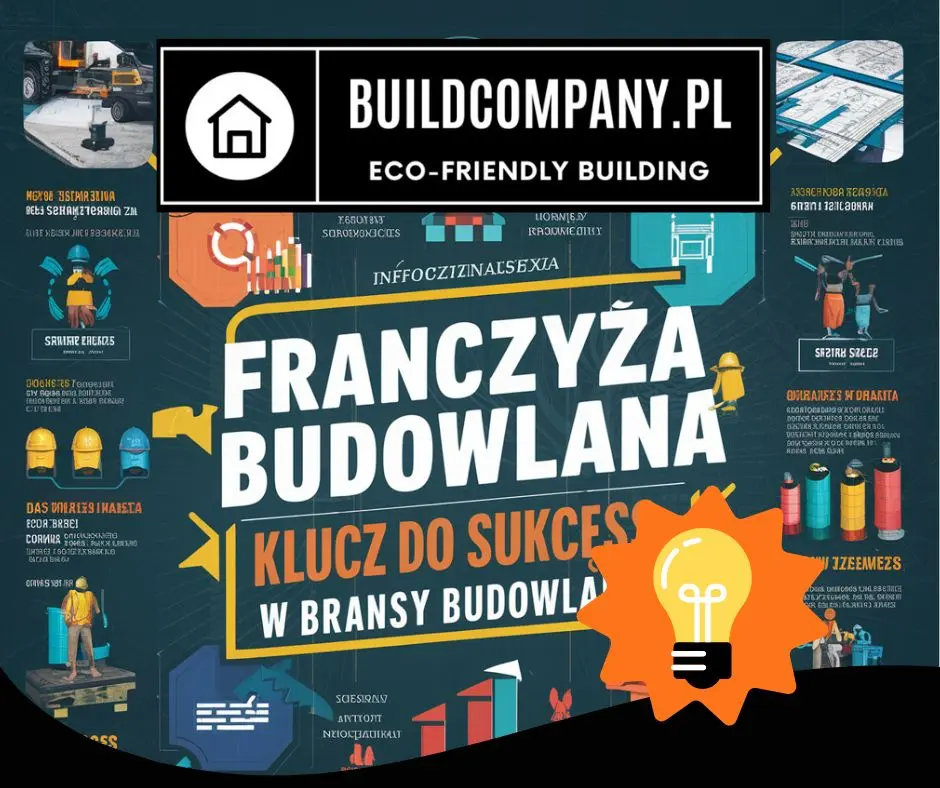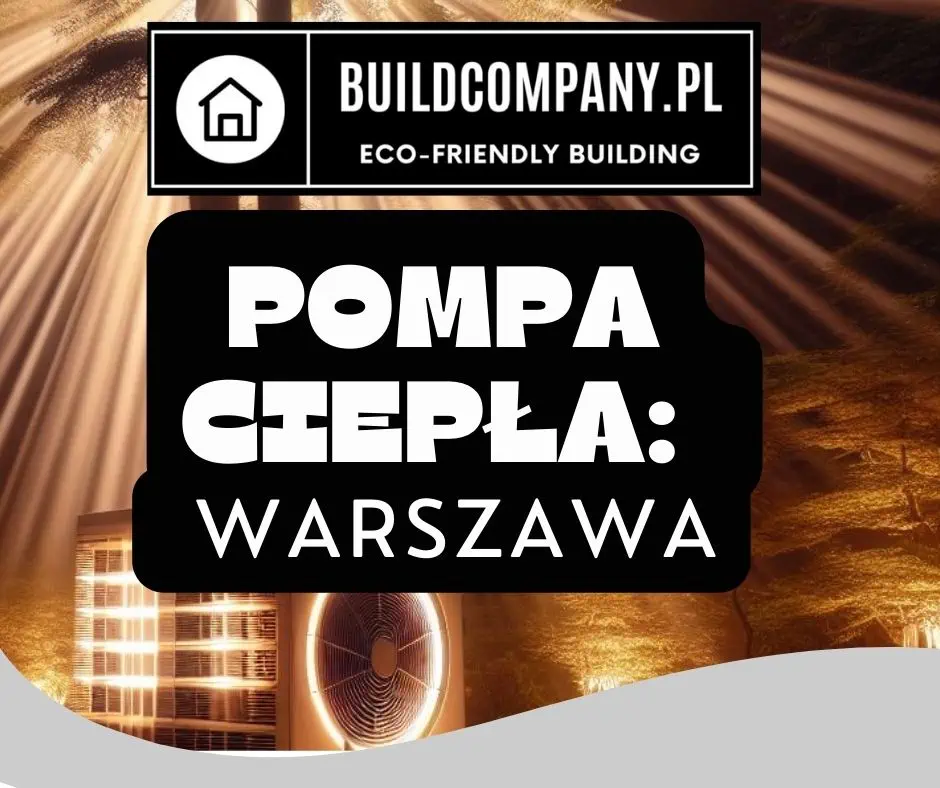Nowadays, we pay more and more attention to ecology and energy saving. Building a passive house is one of the solutions that allows us to reduce our energy consumption and contribute to environmental protection. In this article, we will look at the benefits of building a Passive House, as well as discuss the advantages of this innovative solution. We invite you to read!
Contents:
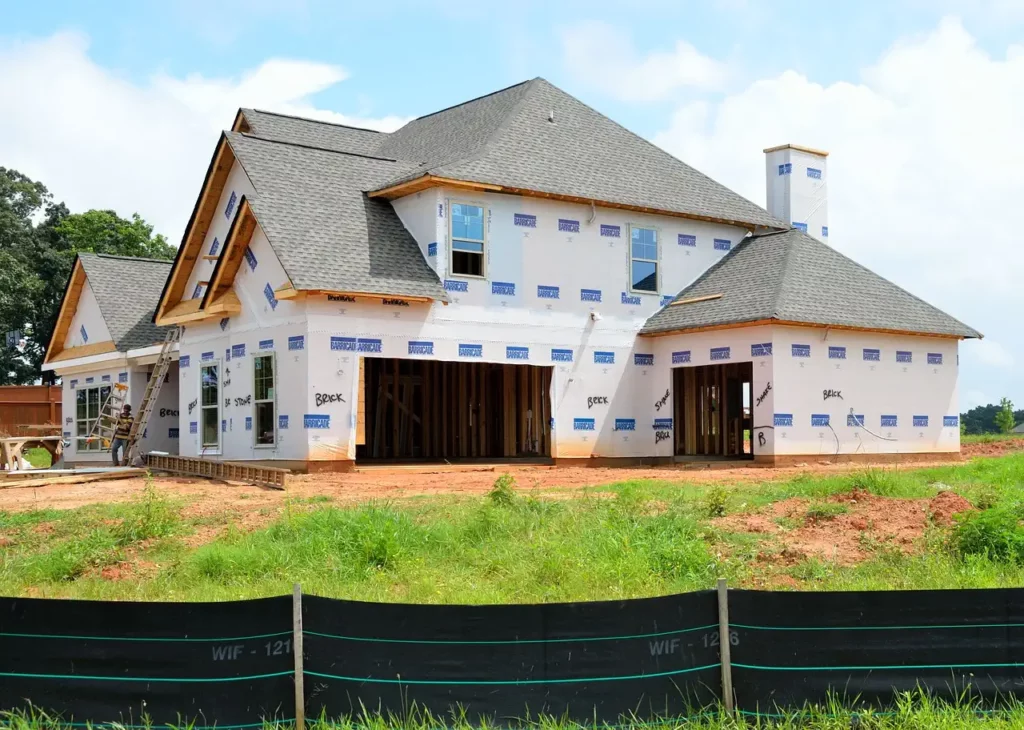
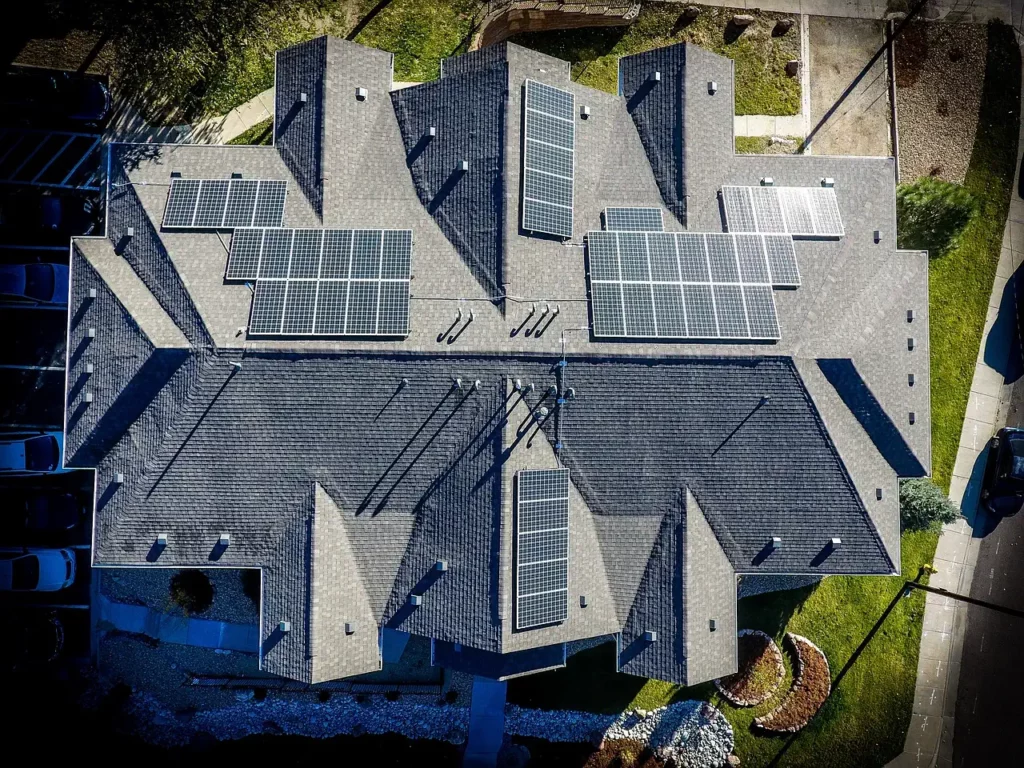
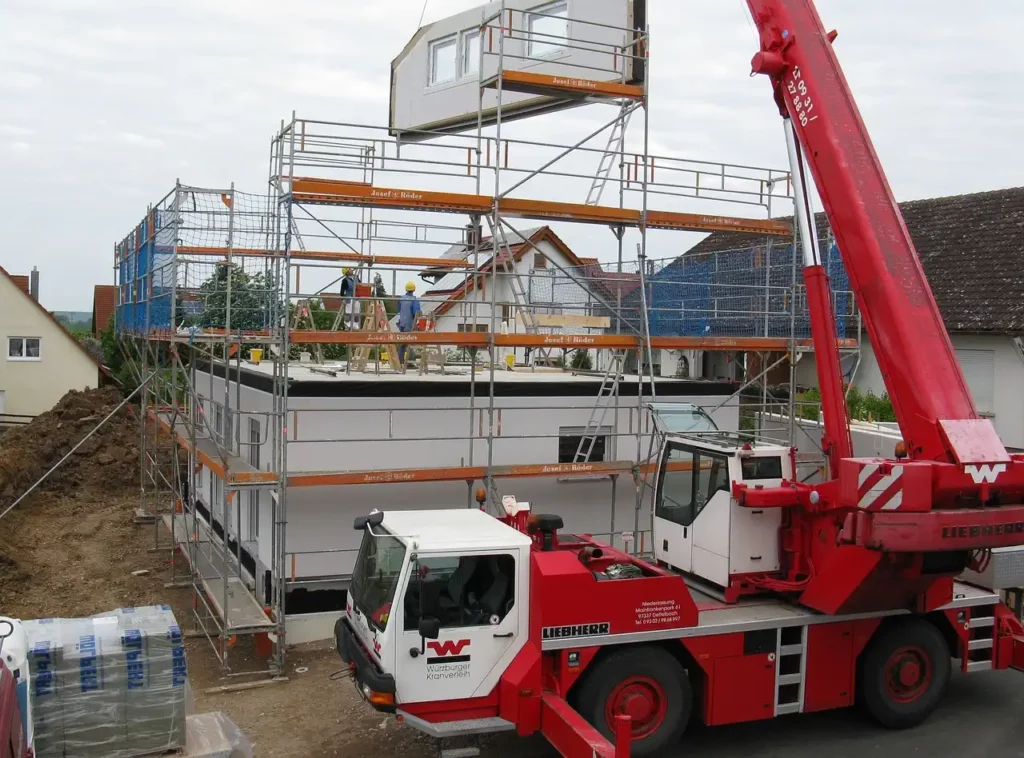
Benefits of building a passive house. Advantages of a passive house
1. What is a Passive House?
Dom pasywny to budynek o bardzo niskim zużyciu energii, który charakteryzuje się doskonałą izolacją termiczną i wentylacją mechaniczną z odzyskiem ciepła. Głównym celem budowy domu pasywnego jest minimalizacja utraty energii przez budynek poprzez zastosowanie zaawansowanych technologii i odpowiedniej konstrukcji.
2. Benefits of building a passive house
Energy saving
The construction of a passive house allows you to achieve energy savings of up to 90% compared to traditional buildings. Thanks to the excellent thermal insulation and tightness of the building, we minimize heat loss, which translates into lower heating and cooling bills.
Thermal and acoustic comfort
Passive houses provide exceptional thermal comfort. A constant temperature inside the building, no drafts and cool walls are just some of the features that make residents feel comfortable. In addition, thanks to appropriate sound insulation, passive houses are quiet and protect us from outside noise.
A healthy environment
Building a Passive House contributes to a healthier environment. Thanks to the use of high-quality insulation, air filtration and limiting thermal bridges, we minimize the risk of mold and fungus inside the building. This has a positive effect on our health, especially for people suffering from allergies and asthma.
Low CO2 emissions
Passive houses are environmentally friendly because they generate much lower carbon dioxide (CO2) emissions compared to traditional buildings. Thanks to effective insulation and the use of renewable energy sources, such as photovoltaic panels or solar collectors, we can reduce our ecological footprint and contribute to the fight against climate change.
Financial savings
Although the costs of building a passive house may be slightly higher than a traditional building, this investment pays off in the long term. By significantly reducing the costs associated with heating and cooling, the financial savings can be significant. Additionally, passive houses typically enjoy a higher value in the real estate market.
Value of the property
Passive houses are more and more sought after on the real estate market due to their numerous advantages. Investing in a passive house can increase the value of the property, which may be important in the event of a possible resale or rental.
Energy independence
Passive houses strive for energy independence through the use of renewable energy sources. Installation of photovoltaic panels or solar collectors allows you to produce your own electricity or heat, which reduces our dependence on conventional sources.
Minimizing water consumption
Passive houses are designed to minimize water consumption. By using modern solutions such as rainwater harvesting and effective water management systems, we can reduce our water consumption and protect natural resources.
Waste reduction
The construction of a passive house usually involves the use of ecological and sustainable materials, which contributes to the reduction of waste. In addition, thanks to long-term thermal insulation and quality construction, passive houses have a longer service life, which reduces the generation of construction waste.
Easy adaptation to renewable energy
Passive houses are ideal candidates for the use of renewable energy. Thanks to excellent insulation and low energy demand, we can easily integrate various renewable sources, such as heat pumps, photovoltaic panels or wind power plants, to further reduce our consumption of electricity from the grid.
3. The most important features of a passive house
The construction of a passive house is based on several key features that guarantee high energy efficiency and comfort of living:
- Thermal isolation: A passive house must be perfectly thermally insulated, both in terms of walls, roof and foundations. Insulation should be made of high-quality materials with a low heat transfer coefficient.
- Building tightness: Passive houses must be airtight to minimize heat losses due to drafts and leaks. This requires careful installation work and the use of appropriate materials and techniques.
- Mechanical ventilation with heat recovery: To ensure adequate air quality in a passive house, it is necessary to use a mechanical ventilation system with heat recovery. Thanks to this, you can effectively exchange the air inside the building, while minimizing energy losses.
- Proper arrangement of windows: Windows in a Passive House should be properly spaced and designed to make the most of natural lighting and solar energy. In addition, windows must be perfectly thermally insulated.
- Appropriate use of sunlight: Designing a passive house should take into account the optimal use of insolation. The arrangement of rooms, facades and photovoltaic installations or solar collectors should be planned in such a way as to make maximum use of solar energy.
4. What materials are used in the construction of a passive house?
In the construction of a passive house, a variety of materials are used that meet high standards of thermal insulation, durability and eco-friendliness. Here are some examples of popular materials used in passive construction:
- Thermal insulation: Materials such as mineral wool, polyurethane foam, cellulose wool or polystyrene boards are used for thermal insulation. It is worth choosing materials with a low heat transfer coefficient (λ) and high density.
- Wood: Wood is a popular material in passive construction due to its good insulating properties and environmental friendliness. It is perfect as a construction and finishing material.
- Green materials from the ground up: Materials such as clay or expanded clay can be used in the construction of a passive house due to their thermal properties. They are able to store heat and distribute it evenly inside the building.
- Composite materials: Composite materials, such as sandwich panels or carbon fiber panels, can be used in the construction of passive houses due to their lightness, strength and thermal insulation.
- Glass: Windows and glazing in passive houses should be made of high-quality glass with excellent thermal insulation. Tight and energy-saving windows are crucial for the energy efficiency of the building.
Get in touch now!
What is a Data Breach and How to Prevent It
What is a Data Breach and How to Prevent It In today’s digital age, safeguarding data has beco…
construction franchise
Construction franchise: Klucz do Sukcesu w Branży Budowlanej Co to jest construction franchise? Franczyza …
pompa ciepła warszawa
Pompa Ciepła Warszawa: Ogrzewanie Efektywne i Ekologiczne Wprowadzenie Pompa Ciepła Warszawa Wraz z …
Frequently Asked Questions (FAQ):
1. Is the construction of a passive house more expensive than traditional construction?
The construction of a passive house can be a bit more expensive at the beginning due to the need to use specialized materials and technologies. However, long-term energy savings can significantly offset these higher costs.
2. Is a passive house more durable than a traditional building?
Passive houses are typically built with high-quality materials and designed to be energy efficient and durable. Therefore, they often have a longer service life and are more weather resistant.
3. Do I have to use solar energy to have a Passive House?
The use of solar energy is one of the elements of a passive house, but it is not a necessary requirement. It is important to achieve high energy efficiency through excellent insulation and mechanical ventilation.
4. What are the main differences between a passive house and an energy-efficient house?
The main difference between a passive house and an energy-efficient house is the level of energy savings. A passive house aims to minimize energy loss by up to 90%, while an energy-efficient house has lower but still significant savings.
5. What are the health benefits of a passive house?
A passive house provides a healthier environment thanks to excellent thermal insulation and mechanical ventilation with heat recovery. This minimizes the occurrence of mold, fungus and allergens, which has a positive effect on the health of residents.
6. Can a passive house be adapted to my individual needs?
Of course! Designing a passive house is flexible and can be adapted to the individual preferences and needs of the owner. There are many possibilities of personalization in terms of room layout, architectural style and technologies used.
6. Summary
Building a passive house has many benefits. From energy independence, through minimizing water consumption and reducing waste, to easy adaptation to renewable energy, passive houses are the future of construction.
Passive houses are characterized by excellent thermal insulation, tightness of the building, mechanical ventilation with heat recovery, appropriate arrangement of windows and the use of sunlight. The materials used, such as thermal insulation, wood, earth materials, composite materials and glass, ensure high quality and durability of the structure.
The construction of a passive house can be an investment for the future, bringing long-term energy savings and increasing the value of the property. Energy independence, minimizing the impact on the environment, a healthier living environment and comfort of living are just some of the many benefits of building a passive house.

